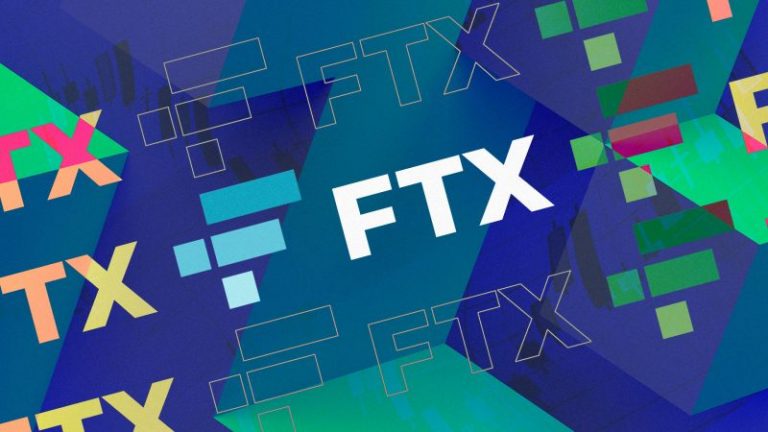
FTX began distributing over $5 billion in stablecoins to creditors today, May 30, 2025, as part of its second major repayment wave following its 2022 bankruptcy. This payout, facilitated through BitGo and Kraken, targets creditors with claims exceeding $50,000 who completed pre-distribution requirements by April 11, 2025. Recovery rates vary by creditor class: 72% for Class 5A (Dotcom Customer Entitlement Claims), 54% for Class 5B (U.S. Customer Entitlement Claims), 61% for Classes 6A and 6B (Unsecured and Digital Asset Loan Claims), and 120% for Class 7 (Convenience Claims under $50,000).
The distribution, representing nearly 2% of the total stablecoin supply, is expected to boost crypto market liquidity, with analysts like Miles Deutscher suggesting funds may flow into Bitcoin, Ethereum, and altcoins, potentially sparking a market rally. Funds should reach eligible creditors within 1-3 business days. The FTX distribution of over $5 billion in stablecoins to creditors has significant implications for both the crypto market and the affected creditors, with a clear divide in outcomes based on creditor class and market dynamics.
The release of $5 billion in stablecoins, equivalent to roughly 2% of the total stablecoin supply, is a massive liquidity event. Stablecoins like USDT and USDC are often used as on-ramps for crypto investments. Analysts, including Miles Deutscher, predict that a portion of these funds will flow into Bitcoin, Ethereum, and altcoins, potentially driving a market rally. Historical data from similar events, like the Mt. Gox distributions, suggests short-term volatility followed by bullish momentum if funds are reinvested.
Register for Tekedia Mini-MBA edition 19 (Feb 9 – May 2, 2026): big discounts for early bird.
Tekedia AI in Business Masterclass opens registrations.
Join Tekedia Capital Syndicate and co-invest in great global startups.
Register for Tekedia AI Lab: From Technical Design to Deployment (next edition begins Jan 24 2026).
The successful execution of this payout could bolster confidence in crypto bankruptcy resolutions, signaling that even major collapses can result in substantial recoveries. However, any delays or issues in distribution could reignite skepticism about centralized platforms. The influx of stablecoins could temporarily affect their pegs or trading volumes, particularly on exchanges like Kraken, which is facilitating the payout. Increased stablecoin circulation may also pressure issuers like Tether or Circle to manage supply adjustments.
The distribution highlights a stark divide in recovery rates among creditor classes. Class 5A (Dotcom Customer Entitlement Claims): Recover 72% of their claims, reflecting partial compensation for losses. Class 5B (U.S. Customer Entitlement Claims): Recover 54%, a lower rate due to regulatory or jurisdictional factors. Classes 6A and 6B (Unsecured and Digital Asset Loan Claims): Recover 61%, indicating moderate recovery for riskier claim types. Class 7 (Convenience Claims under $50,000): Recover an impressive 120%, including interest, favoring smaller claimants who opted for simplified settlements.
This divide underscores inequities in the bankruptcy process, where smaller creditors (Class 7) fare better than larger ones, potentially due to negotiated terms or asset valuation methodologies. Creditors receiving stablecoins face immediate tax implications, as the IRS may treat these distributions as taxable income based on the value at receipt. Large creditors (claims over $50,000) must also navigate converting stablecoins to fiat or other assets, potentially incurring fees or market slippage.
Only creditors who completed pre-distribution requirements by April 11, 2025, are eligible for this wave. Those who missed the deadline or have smaller claims may face delays, creating frustration and a sense of exclusion. Smaller creditors (Class 7) receive disproportionately higher recoveries (120%) compared to larger creditors (54%-72%), potentially exacerbating tensions between retail and institutional investors. Creditors with immediate access to funds via BitGo or Kraken can capitalize on market opportunities, while others awaiting future distributions may miss out on potential price surges.
U.S. customers (Class 5B) recover less than non-U.S. customers (Class 5A), reflecting regulatory disparities that penalize certain jurisdictions. Sophisticated creditors with legal or financial advisors likely navigated the claims process more effectively, securing better outcomes than less-informed retail investors. This payout, while a step toward resolving FTX’s collapse, doesn’t erase the broader fallout.
The 2022 crash, triggered by mismanagement and fraud under Sam Bankman-Fried, wiped out billions in customer funds. The recovery process, led by John J. Ray III, has been praised for salvaging $16 billion in assets, but the uneven distribution and ongoing legal battles (e.g., clawbacks from prior settlements) highlight persistent inequities.
The FTX distribution is a pivotal moment for the crypto market, likely spurring short-term bullishness, but it also underscores deep divides in creditor outcomes, shaped by claim size, jurisdiction, and access to resources. Creditors should monitor market conditions and consult tax professionals to navigate the aftermath.



